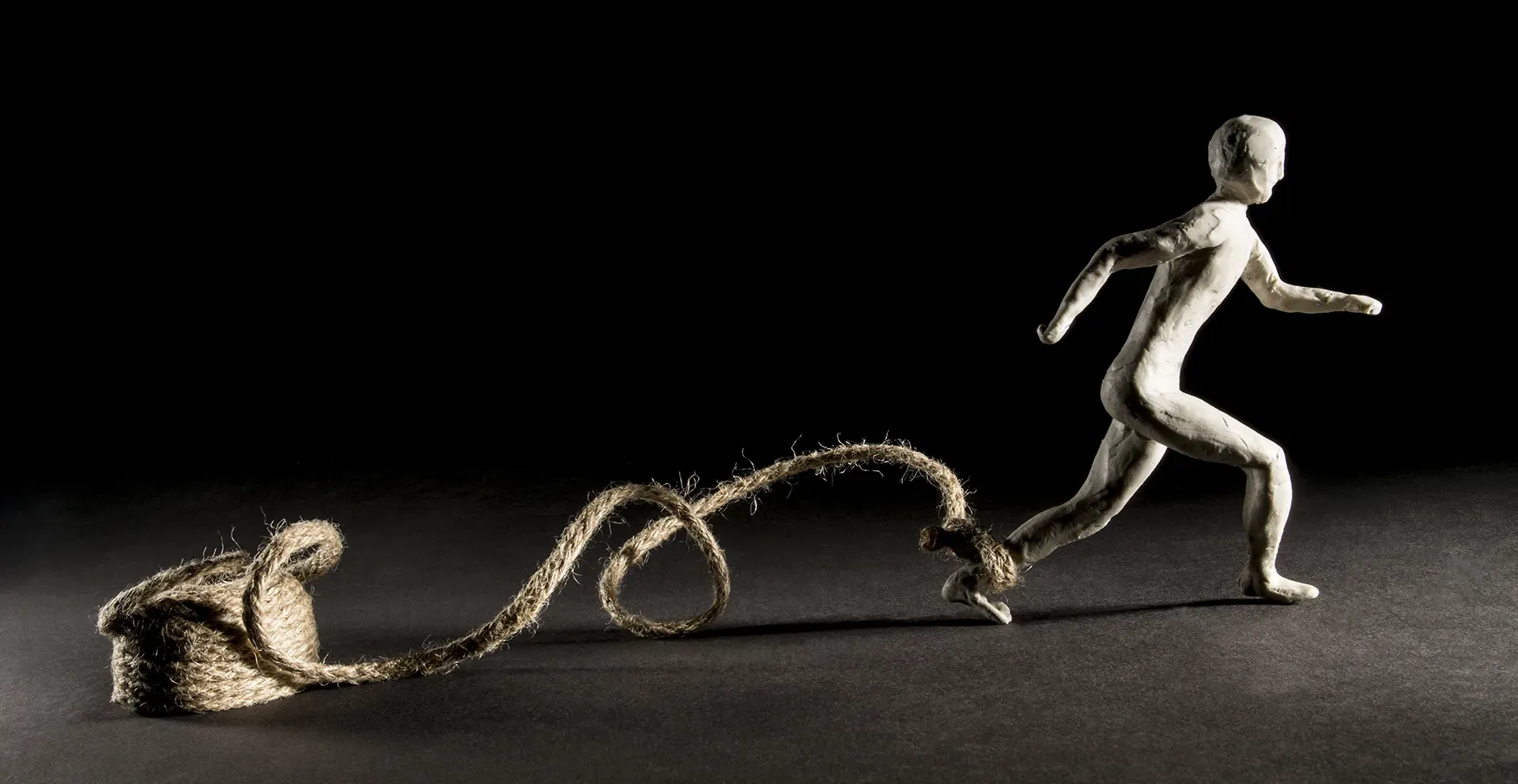Call Us Today
What to Know About the Claim of Right Defence in the Australian Capital Territory.
Stealing or appropriating an item generally means criminal liability for the person involved; it is against the law to claim ownership of something you had not bought or made. Under criminal law, however, there are situations where a person might have a reasonable mistaken belief that they had a proprietary or possessory right to the property stolen.
In the ACT, individuals may raise this through the Defence of Claim of Right, which is available under Section 38 of the Criminal Code 2002 (ACT). It is invoked when the accused has a genuine mistaken belief that the property alleged to be stolen belongs to them. This argument has many qualifiers; it cannot be used in just any case, eg. It does not apply to robbery offences involving or relating to the use of force to a person. Further, a person who raises claim of right has the evidentiary onus of proof to call evidence of this defence, which the prosecution must then negate beyond a reasonable doubt.
Validating a Claim of Right
The accused is the person who must raise evidence that they have a valid reason to invoke a Claim of Right defence. They must raise through their evidence that they held a mistaken belief that they had a possessory or proprietary right to the sum of money or a property.
What ‘reasonable belief’ means
The most contentious part of a Claim of Right defence is the fact that it hinges upon someone’s genuine belief in a claim of ownership. According to the Court of Criminal Appeal, the claim should be first and foremost honestly held, whether well-founded in law or not. However, it is important to note that a plausible pretence is not sufficient reason for a Claim of Right.
Your criminal lawyer must show the court that you have a basis for claiming this defence. The person who believes that they have a claim over another person’s property must present evidence of legal entitlement; moral entitlement is not a justification for Claim of Right.
Right of Claim and violent recovery
Though the NSW Court of Criminal Appeal indicated that allegations about taking property amid assault, using arms, or other violent means may potentially be answered by a claim of right defence, in the ACT, Section 38 does not negate criminal responsibility for an offence relating to the use of force against a person.
This defence and other particulars
A Claim of Right defence does not just cover the exact property or notes that were once with the claimant. It may include items of equivalent value. However, if the property is taken under a claim of right for the purposes of safekeeping or as collateral for a loan, it is on the accused to show proof that they have not sold or do not intend to sell the property. The defence, though, only covers the entirety of the property or the sum that supposedly belongs to the claimant. It does not include items or values that go beyond the legitimate Claim of Right; if the accused is said to have taken things in excess, the defence may not apply.
Another thing is that a Claim of Right defence where the offender is charged as an accessory depends on the principal offender claiming this defence.
Conclusion
A Claim of Right defence is effective if the person involved has an honestly held reaonable basis for believing that a property they obtained from another individual truly belongs to them.
The accused has the evidentiary onus to raise this defence and lead evidence in support of the legitimacy of this claim since a valid Claim of Right defence.
For high quality legal representation in the ACT, get in touch with the Andrew Byrnes Law Group today. Our criminal lawyers in Canberra are ready to give tailored legal advice and prompt services to all our clients.



















